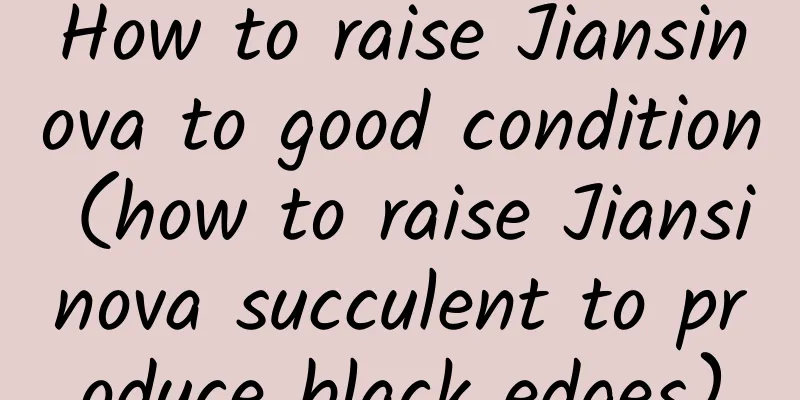Margarite flower cultivation methods and precautions

1. Maintenance methods1. Temperature: Marguerite likes warmth, preferably between 20 and 25 degrees. In addition, it does not like high temperatures. In very hot conditions, its leaves may turn yellow or even fall off. So, try not to exceed 30 degrees. Also, its cold tolerance is not very good, so try to keep it above ten degrees. 2. Light: Marguerite is a positive plant. It can grow and bloom better if sufficient light is provided. However, try to avoid too strong light, otherwise the leaves will be burned. 3. Watering: Marguerite is a plant that is very afraid of waterlogging. Waterlogging is not acceptable and will cause serious damage to it. Therefore, the soil can be in a semi-wet state at ordinary times. In addition, less watering is needed in winter, especially when the temperature is not suitable. 4. Fertilization: The demand is not much, as the Marguerite flower is very adaptable. Generally speaking, once a month or two months is enough. If it is growing vigorously, then it is okay not to apply fertilizer. 2. Breeding techniques1. Reproduction: Margarite reproduction is very simple and has a very high success rate. It is often propagated by cuttings. Sandy soil plus perlite, base fertilizer, etc. can be used as the matrix. Choose suitable branches as cuttings. After insertion, the temperature should be between 15 and 22 degrees. However, be careful not to breed during the rainy season. 2. Pruning: The first step is to prune the branches and leaves, mainly the dense and long branches. In addition, if it is used as an ornamental plant, its shape needs to be repaired. Furthermore, after flowering, the dead branches and flowers need to be pruned. 3. Problem diagnosis and treatment1. Disease: Leaf blight often occurs, which is the main threat to leaves. It is caused by bacteria and needs to be treated with chlorothalonil. There may also be "powdery mildew", which will cause a certain degree of harm to leaves and flowers, and can also be treated with chlorothalonil. 2. Pests: Common pests include aphids, which reproduce in large numbers. It can be controlled by fumigation or spraying. IV. Other issues1. Toxicity: It is non-toxic, there is no record of it being toxic, and it is harmless. 2. Flower language: Margarite flowers have many flower languages, all of which have good meanings. There are four main ones, one is "anticipated love", one is "satisfaction", the third is "pride", and the last one is "joy". |
<<: Basil cultivation methods and precautions
>>: The cultivation methods and precautions of magnolia
Recommend
How to raise Shen Xiangqu
1. Breeding environment 1. Soil: Loose soil can b...
How long can yacon be stored and how to preserve it for a long time
1. How long can it be stored? How long it can be ...
Propagation of the flower
How to propagate the flower The propagation metho...
What are the benefits and functions of overnight tea for watering flowers? What flowers are suitable for watering
Benefits of Overnight Tea for Watering Flowers Wh...
What is the reason for the jasmine seedlings to become stiff (how to deal with the jasmine seedlings that become stiff after repotting)
What to do if the jasmine seedlings are dead The ...
The role and efficacy of lyre leaf coral
The ornamental value of lyre leaf coral As a plan...
How to plant hyacinth seeds
1. Autumn seed selection The climate in autumn is...
When is the right time to repot succulent plants?
Succulent repotting time Generally speaking, newl...
Can camellia be planted in the yard?
Can I grow camellia in the yard? Camellia can be ...
How to grow peonies in autumn
1. Adjust the temperature When autumn just begins...
How to get seeds and grow dandelions
Seed preparation The flower disk shell changes fr...
What disease is yellowing of grape leaves? What medicine is used and what causes it?
1. What medicine should be used for what disease?...
Tulip planting methods and precautions
When to plant tulips Tulips prefer a cold and wet...
Maintenance methods and precautions for Tamarix bonsai
The germination ability of the plant is particula...
Is cucumber a fruit or a vegetable?
Is cucumber a fruit or a vegetable? Cucumber is a...









